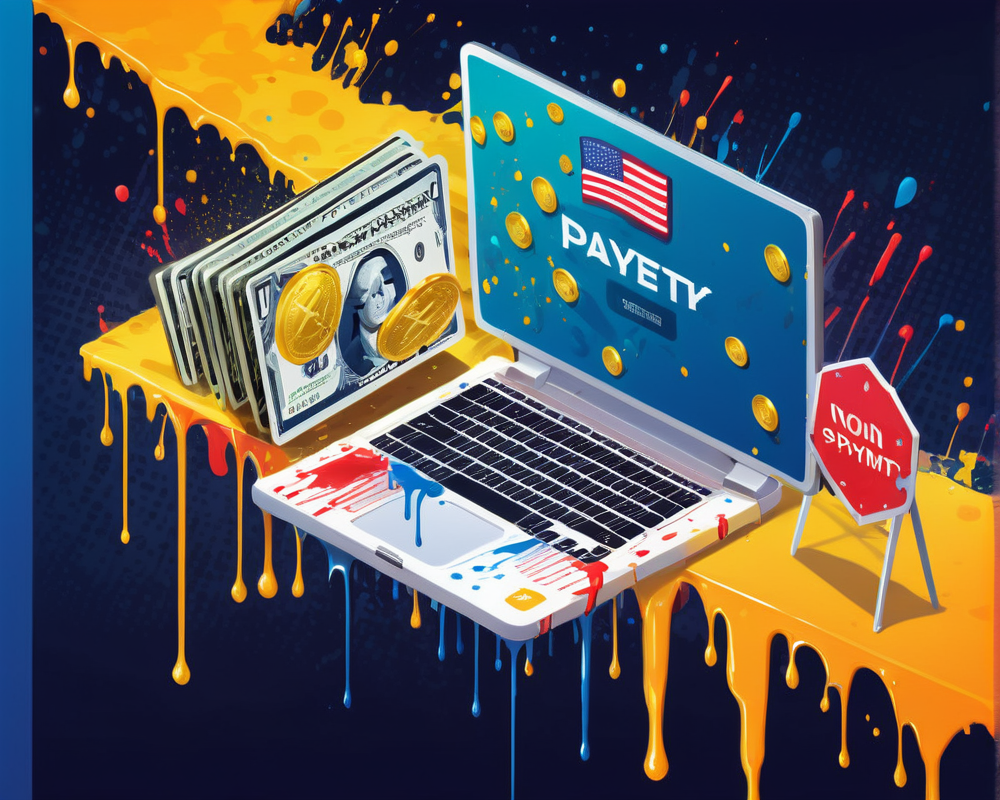Understanding the Alternative Payments Landscape
Recent discussions among experts have revealed that the rise of non-crypto payment systems could seriously impact U.S. security. This was highlighted in a hearing held by a subcommittee of the U.S. House Financial Services. Speakers argued that it’s crucial to consider the alternative payments ecosystem as a whole, instead of focusing solely on cryptocurrencies.
The Testimony of Scott Dueweke
Scott Dueweke, a fellow at the Wilson Center, emphasized this point in his written remarks. He cautioned against myopically viewing cryptocurrencies, stating,
“By focusing only on cryptocurrencies we risk missing the forest for the trees.”
His insights reflect a growing concern about the regulations surrounding money services businesses in the U.S. and how those outside the country might operate without adhering to American standards.
The Risk of Unregulated Payment Systems
Dueweke pointed out that foreign businesses often dodge U.S. regulations like Know Your Customer (KYC) and Anti-Money Laundering (AML) laws. This non-compliance can lead to significant security risks. As he explained,
“The U.S. needs to follow our private sector’s global technology leadership by setting the standards for the APE in the international arena.”
The concern here is not just about what’s happening domestically but also about international payment systems like those being developed in Russia and China.
Global Initiatives and Local Consequences
The evolution of payment systems such as Russia’s System for Transfer of Financial Messages and its MIR banking card has raised eyebrows. Dueweke noted that while political motives fuel these developments, poverty is a major underlying cause. Over 700 million people are underbanked globally, which exacerbates the need for alternative payment solutions. In fact, the practice of de-risking—where Western banks cut off correspondent services for banks in impoverished areas—can often hide profit-driven motives behind a facade of security.
The Future of Stablecoins and Security
Ari Redbord, head of legal and government affairs at TRM Labs, made an interesting case for U.S. dollar-backed stablecoins as a means to bolster national security. He remarked on the reliability and reputation of the U.S. dollar:
“One can imagine a world in which entrepreneurs create financial services products using a U.S. dollar-backed stablecoin even where those products otherwise have little to do with the United States.”
This perspective highlights how stablecoins may serve as key players in the global financial landscape, potentially expanding access to secure payment systems.
Conclusion: Navigating the Payment System Evolution
As the landscape of payment systems evolves, it’s imperative to keep a keen eye on both the risks and opportunities presented by cryptocurrencies and their alternatives. The dialogue initiated by experts like Dueweke and Redbord underscores the necessity of a comprehensive approach to safeguarding national security while embracing financial innovation.




